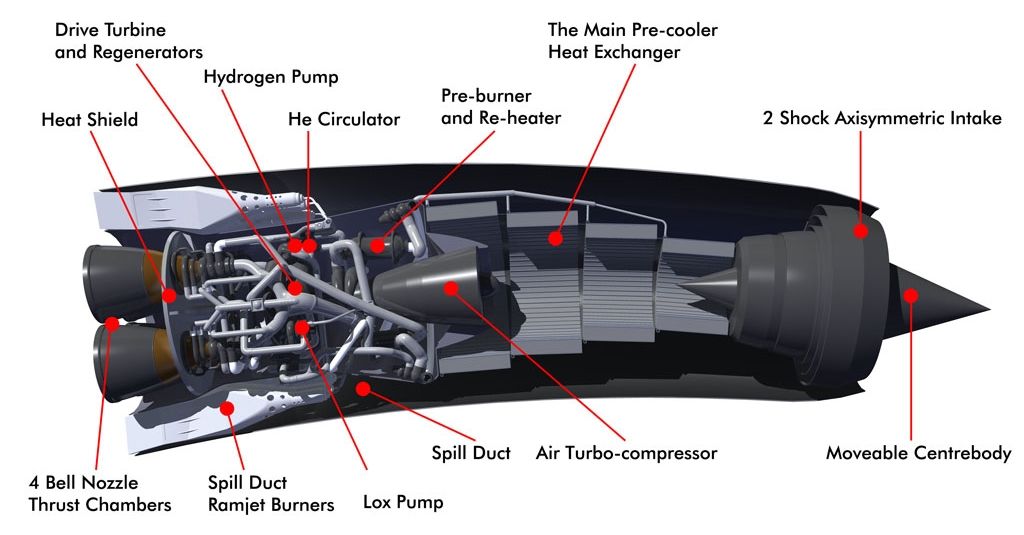At Camp Pendleton, Marines are testing a new, cutting edge form of live-fire training using robotic targets.
Stationary and on-rails targets are all well and good, but enemy combatants haven’t behaved like that since the formal battle lines of the Revolutionary War. It’s long past time for a training program that provides a more accurate simulation of today’s combat situations, and the Marines of Camp Pendleton are taking steps toward just that.
The “Autonomous Robotic Human Type Targets” sport wigs and zip around at up to 8 miles per hour on two wheels. Rather than simply popping up and down or riding along a prescribed track, these targets attempt to be as unpredictable and erratic as their real-life counterparts. They’ll change speeds, swerve, and respond to one another when hit. The robots will even advance on Marines in an aggressive response.










